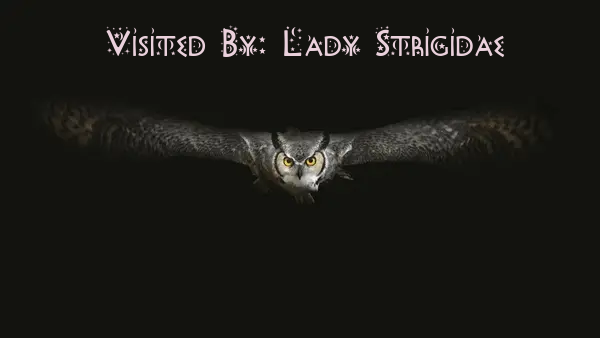|
The Many Faces of Lilith

Who really was Lilith? Demoness, Murderer of Children, Seductress, Succubus, Vampire Queen? There are many legends and myths surrounding Lilith. In the Satirical Proverbs written between the 8th and 11th centuries A.D., the Alphabet of Ben Sira (ABS) describes Lilith as coming before Eve.
According to the ABS, Lilith and Adam were both created from dust by God. They “broke up” because of an argument between them as to who would be in the dominant position during sexual intercourse. Lilith was not willing to be submissive to Adam since they were both created equal, so she blasphemed God by shouting God’s true name, and literally flying away (Kosior, 2018).
When Adam told God Lilith had flown away, God sent three angels – Senoy, Sansenoy, and Semangel to retrieve her. They found her in the middle of the Red Sea, reveling in her new role of giving birth to a lot of Lilim (demon monsters), every day. The angels told her if she would go back to Adam, everything would be fine; however, if she chose not to do so, God would kill 100 of her children every day. Lilith refused, and was known as a demoness, the mother of monsters, and assailant of children (Cereno, 2019, and Kosior, 2018).
Lilith told God if he killed her children, then all male babies would be vulnerable to her assaults for eight days. After eight days, they were to be circumcised and dedicated to God. Female babies would be under her mercy for 20 days. The only thing that could keep Lilith at bay were amulets inscribed with the names of the three angels who first came to her to persuade her to return to Adam for God. If Lilith was warded off with an amulet, she was forced to turn her blood lust onto her own children (Kosior, 2018).
Another legend in the Kabbala is about Lilith and Samael. They were created as the dark images of Adam and Eve. Some texts in the Kabbala reference Lilith as the serpent in the Garden of Eden who tempted Eve. Other texts refer to Lilith as the Queen of Demons, a seducer of men who hunts children (Cereno, 2019).
A prototype of Lilith can be found in the Samarian poem, “The Epic of Gilgamesh,” which is basically a first draft of the Bible. The 5th century Latin translation of the Bible uses the word lamia to translate the word Lilith. Lamia was the name of a queen who turned into a child-eating monster after Hera killed her children. Hera, the wife of Zeus and queen of the ancient Greek Gods, was the goddess of family and marriage, and represented the “ideal woman.” She was one of the few deities that remained faithful to her husband and came to be symbolized as monogamy and fidelity; however, she was vengeful and jealous, aiming her wrath at her husband’s lovers and their illegitimate children (Cartwright, 2012).
The biggest influence in Jewish mythology would be the Assyrian Demon Lilit. Lilit seems to be the feminine version of Lilu, an Akadian name related to the word demon (Cereno, 2019).
In popular understanding, lamia was a generic term for all kinds of child frightening bogeywomen and/or seductresses who were half-snake, drank blood, and gave birth to monsters. Lilith was also depicted as a succubus who came to men during the night causing “special dreams” and nocturnal emissions.
Lilith bears a resemblance to the lamia, which includes the trait of drinking blood. Though the concept of vampires is a relatively modern and European idea that has evolved over the years, the idea of the blood-drinking first wife of Adam has become associated with the vampires. In numerous pieces of culture, Lilith is depicted as a vampire queen, even the mother of all vampires (Kosior, 2018).
References
Cartwright, M. (September 10, 2012). Hera. World History Encyclopedia. Retrieved from: https://www.ancient.eu/Hera/
Cereno, B. (July 12, 2019). The Untold Truth of Lilith. Retrieved from: https://www.grunge.com/158305/the-untold-truth-of-lilith/
Kosior, W. (2018). A Tale of Two Sisters: The Image of Eve in Early Rabbinic Literature and its Influence on the Portrayal of Lilith in the Alphabet of Ben Sira. A Journal of Jewish Women’s Studies & Gender Issues. Retrieved from Ebsco Host.
|

